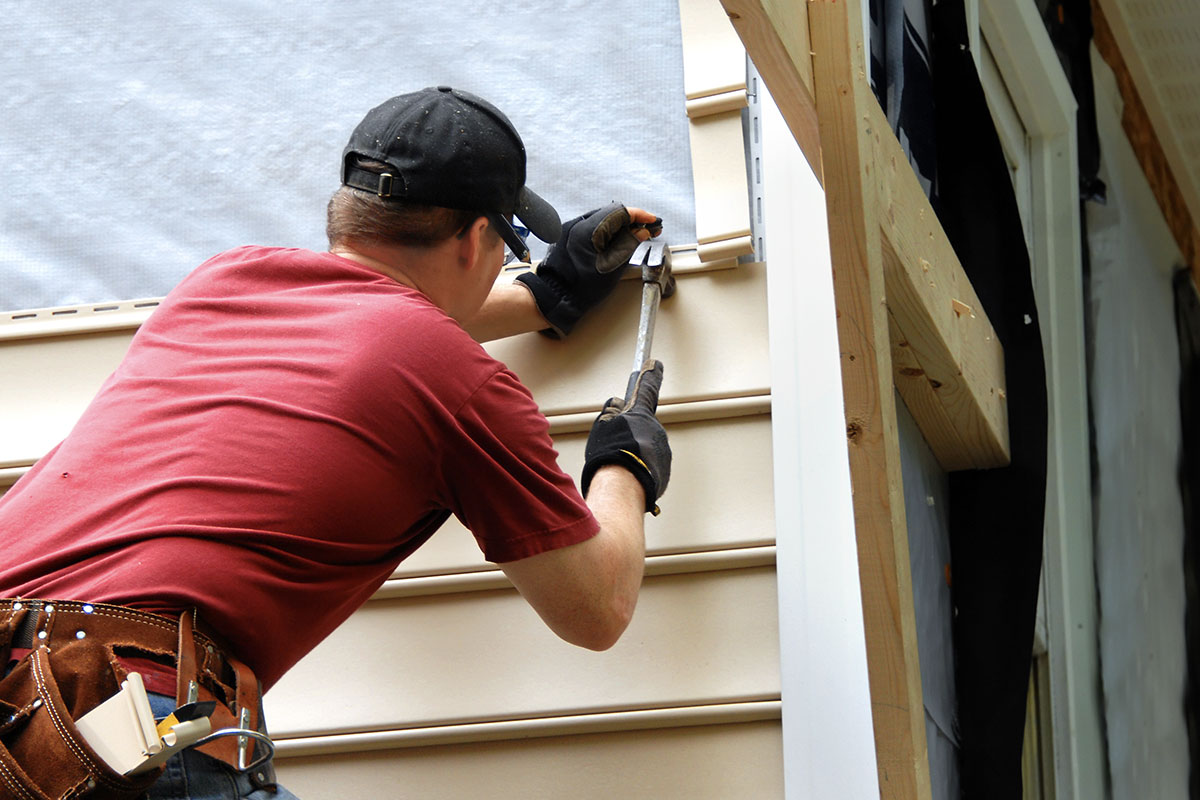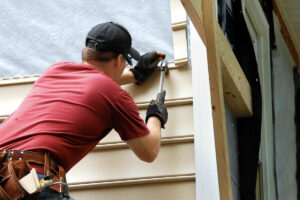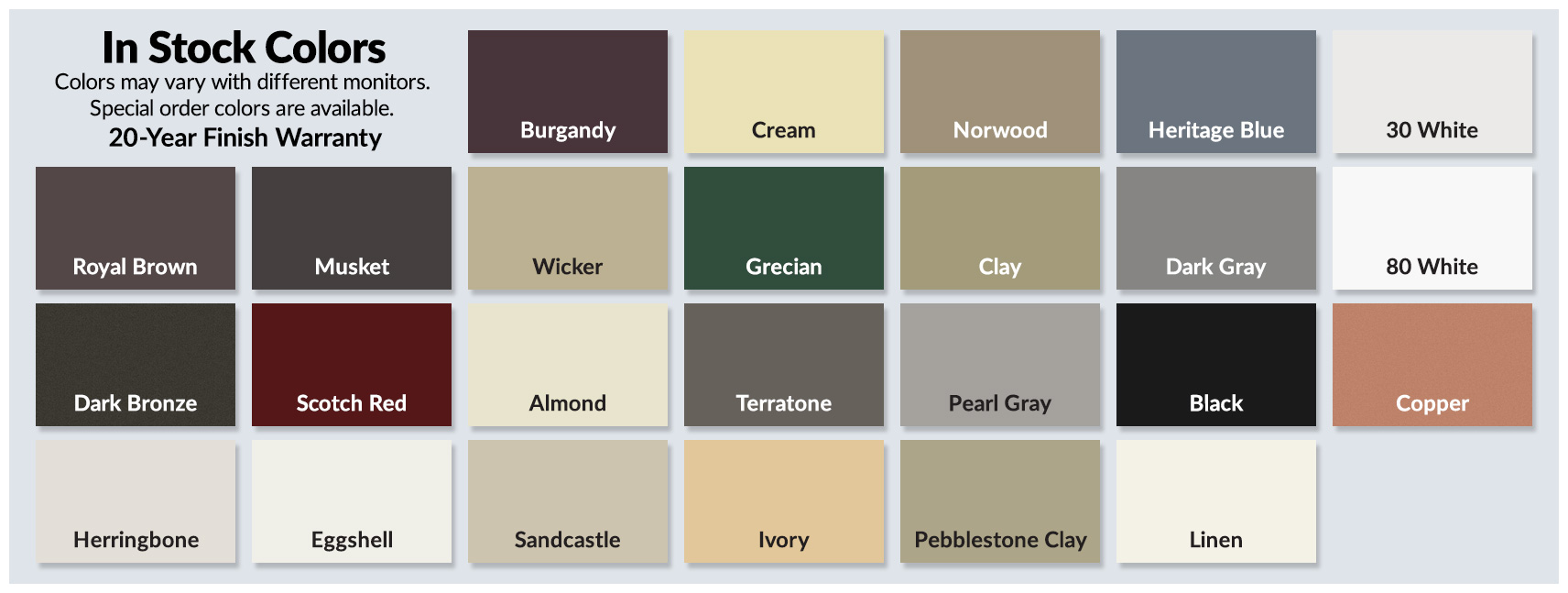
When Is It Time To Replace Vinyl Siding?

Replacing vinyl siding can be a difficult decision, and quite often gets put off until it’s too late.
Knowing when it’s time to replace your siding is important to preventing interior damage to walls, floors and ceilings. If you see these common problems, chances are better than good that your siding’s time has come.
- Warping or Buckling: Warped or buckled siding needs to be replaced, but it doesn’t always mean all of it needs to go. In some cases, warping or buckling can be indicative of incorrectly hung siding. In this case, only a portion of the siding should be re-hung. If you see warping or buckling in more than one area, or see it in conjunction with cracked or loose siding, this is a sure sign a full replacement is necessary.
- Fading: If you’ve recently moved into a new home, and the color of your siding is gray or white, check beneath its layers or look at areas that are not as exposed to ensure it wasn’t a darker color at one time. Vinyl siding is designed to hold its color for its entire life cycle. If it has faded, this is a strong indicator that it needs to be replaced.
- Mold and Mildew: While this may not always mean it’s time to replace your siding, it should serve as a red flag to take a closer look.
- Bubbling: The whole reason people hang vinyl siding on the exterior of their home is to prevent moisture from penetrating and doing damage.
- Holes: Holes can have a variety of causes. They can be created by flying debris, vandalism, or age that results in brittleness. Holes in one area may not be a cause for alarm, but they can indicate a need to replace that section. Any sort of holes can allow water damage to occur.
Each of these signs might indicate a serious problem exists, but the only way to be sure is by having one of Century Spouting’s siding experts come and take a look.

